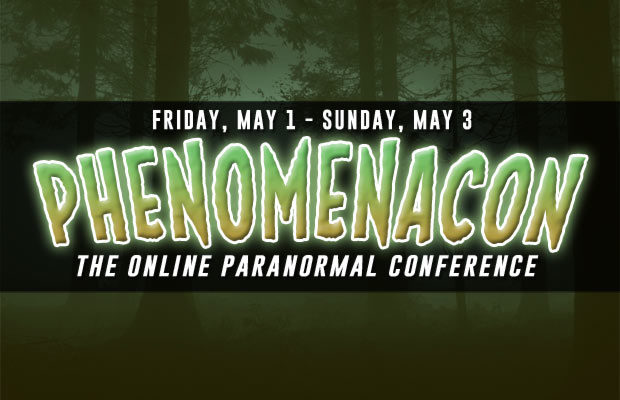Does Painting Make For Happy Little Elephants?
Painting pachyderms are a crowdpleaser, just ask anyone who’s been on the internet more than a month. In case you’re still in your probationary period, lemme hook you up with this video.
Starting in the late 20th century, many zoos initiated enrichment programs to prevent neuroses, obsessive compulsive behaviors, and depression in their wards. Zookeepers had the bright idea to introduce elephants, long considered intelligent and sensitive beings thanks to Bernard Rensch’s The Intelligence of Elephants,1 to fine art, hoping to increase their quality of life.
Folks enjoy watching elephants paint, but do these beasts like painting? A new paper from Megan English, Gisela Kaplan, and Lesley Rogers2 suggest the critters are ambivalent, at best, with others stressing out over the activity.
ADVERTISEMENT
Four elephants at the Melbourne Zoo were studied back in ’07 and ’08, engaged thrice daily, 30 minute painting sessions. One elephant, a resident for 30 years, showed anticipatory behavior to painting. The remainder didn’t care. All of the elephants were found to be stressed in varying degrees, but none found any relief after putting brush to canvas. Once they left their studios, they’d resume stereotypical abnormal behavior, like bobbing, weaving, and other repetitive actions.
There are many factors at play. The unnatural postures assumed while painting could compound their stress, much like human expressions affect one’s mood. While elephants are clever enough to use tools, it’s not in their nature to implement them. Overall, English and pals paint a compelling and complex picture worthy of further inquiry.
Don’t forget to give us your two cents on our Facebook page, at Twitter, or in the comments below!
MORE GREAT STORIES FROM WEEK IN WEIRD:










You must be logged in to post a comment Login